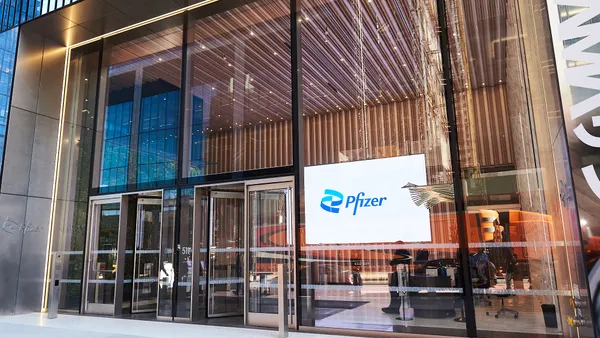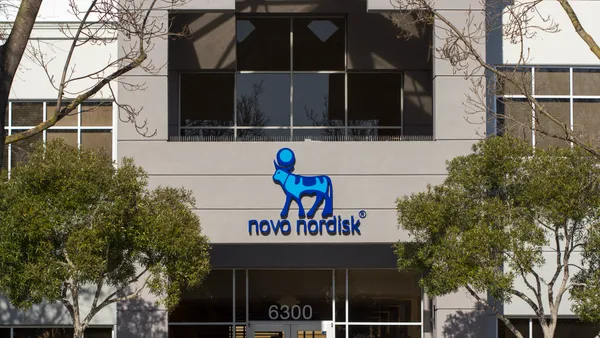Qi, part of CommonHealth Social Networks — We’re All Connected Marc Weiner, President Buddy Scalera, Senior Interactive Content Director A s a pharmaceutical brand manager, you’ve probably heard this a lot recently, “We need to figure out how to leverage social networks,” and justifiably so. Social networks are the most exciting new opportunity for forward-thinking marketers. Social networks offer great potential for health brands, because patients are gathering online in health-related communities. Users opt in to “people networks” that are based on shared health interests, such as cancer, diabetes, and other conditions. Health issues are among the most researched topics online, since people can find answers from the comfort of their homes. People go online in relative anonymity, which gives them the freedom and confidence to discuss personal health conditions. Social networks break down traditional barriers — embarrassment, shame, and misinformation — to health, sexual, and disease-related conversations. Virtual communities are ideal for communicating personal experiences in private forums. People are making themselves at home in communities that they personally design and control. If you understand the nuances of social networks, as a marketer you can bring your brand message to where consumers live. Start With Market Research Several “me-too” sites are popping up, trying to capitalize on the buzz around social networking. It’s important that you research sites properly to determine which ones offer the best destination and ROI for your demographic. Sometimes the choice will be the biggest player, like MySpace. Other times it will be a small, focused community, such as a message board in a health community. As with any brand initiative, start with market research. Real data will help determine if a social network is right for your brand and how to best spend your marketing dollars. Ask your target audience what content, messaging, and features they’d welcome. Be sure to poll a sample audience to gauge their reaction to your concepts. If you want to give the people what they want?ask them what they want. Of course, research can’t give you all the answers. Don’t be afraid to experiment, modify, and improve as you proceed. Keep the Content Authentic Social networks are relevant and personal to users, so they expect information and conversations to be authentic. Online users are good at sniffing out marketing disguised as goodwill. If they discover their community is a marketing campaign, the backlash can have lasting negative impressions. Be completely transparent. Your brand is a partner in the community’s education, treatment, and support. Offer relevant details about the brand’s story, and provide links for those who want additional information. Accurate, actionable health information benefits both the community and the brand. Opting In A social media outlet is a starting point for ongoing conversations. It can be patient to patient, patient to physician, or even physician to physician. You play a role in keeping the conversation alive. Sites such as MySpace and Facebook allow users to become your “friend.” They are opting-in to your network, so leverage this by sending them appropriate messages, news, and announcements. This channel is about building ongoing relationships, not simply doing transactions, so include an eCRM program. Users should be able to choose how actively they want to engage with your brand on an ongoing basis, so provide some options. Change With the Times Now is an exciting time for health-brand marketers. Social media networks are actively nurturing communities around health and wellness topics. Some form of social media will always be around, but key players will continue to evolve. MySpace and Facebook are great opportunities for certain brands, but only if leveraged in a timely fashion. Eventually, new technologies will create the next big thing. As a brand manager, you’ll need to quickly assess which ones are appropriate channels for your brand message. New technologies require fresh, innovative approaches to communicating marketing messages. Look for agency partners with a track record of tapping new technologies to promote pharmaceutical brands. Your team will help you determine which social network strategy will have the biggest impact for your brand and how to measure the ROI. Now is an exciting time for health-brand marketers. Social media networks are actively nurturing communities around health and wellness topics. Qi, Parsippany, N.J., the full service digital agency of CommonHealth, launched the first pharmaceutical presence on MySpace and has been active in researching and leveraging social networks since 2003. For more information, visit commonhealth.com/qi. October 2007 VIEW on E-Solutions
An article from


Social Networks -- We're All Connected
Filed Under:
Commercialization








